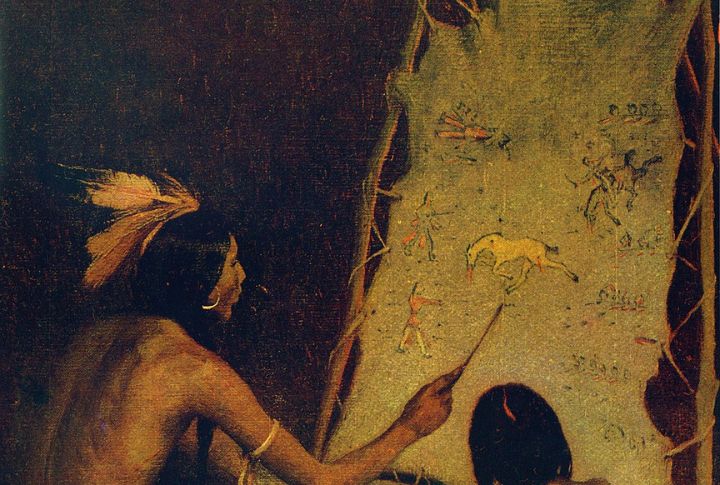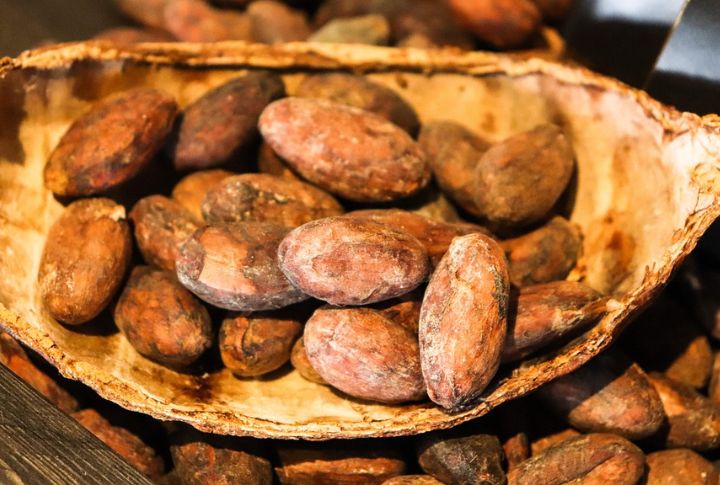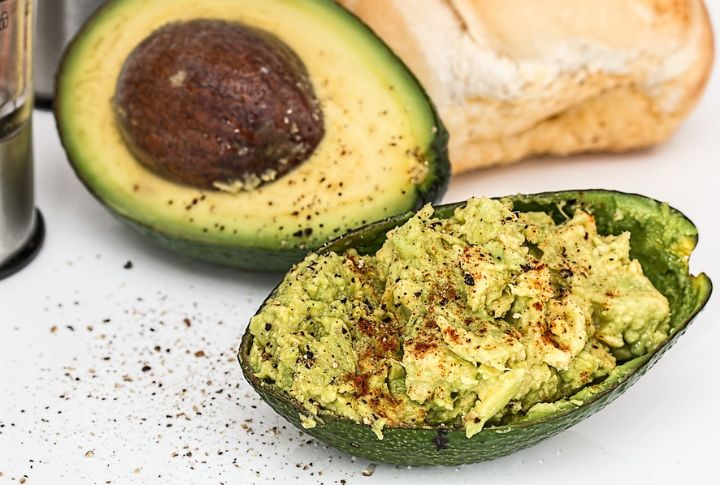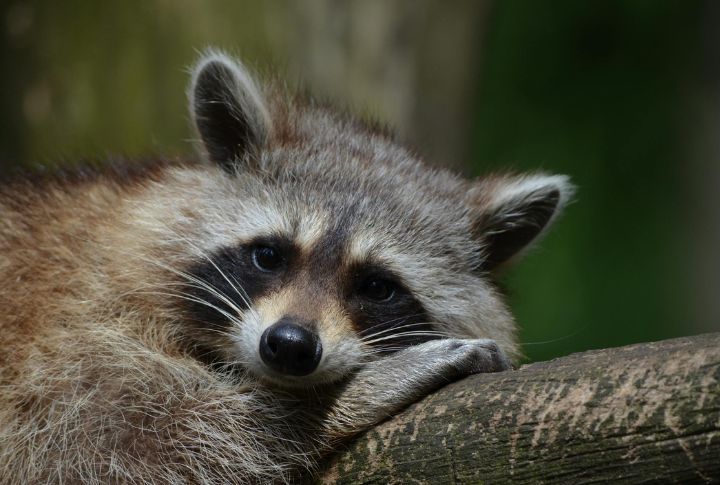History
10 Common Words Having Native American Ancestry

Languages mix and mingle when cultures meet. Native American tribes have contributed vocabulary that became part of the standard English language. Some terms describe animals we see in backyards. Others name foods sitting in kitchen pantries right now, carrying stories most folks never hear.
Chocolate

Long before candy bars existed, Aztecs treasured cacao beans as currency. Their word “chocolatl” meant “bitter water” in Nahuatl. Spanish conquistadors encountered this prized drink in the early 16th century and brought it to Europe, where it evolved from a bitter ceremonial beverage into a sweet chocolate treat.
Tomato

Native Americans cultivated tomatoes for over 2,000 years before Europeans arrived in the Americas. The Nahuatl name for this vibrant fruit was “tomatl.” Originally, tomatoes were yellow, and Italians referred to them as “pomodoro,” which means “golden apple” in Italian.
Hurricane

Taino people worshipped “huracan,” their Caribbean storm god, whose name became our word for nature’s most destructive weather events. Spanish explorers first heard this term in the West Indies during the 1500s. Believers during that time felt that hurricanes were divine punishment from angry spirits.
Canoe

Columbus documented impressive Native American watercraft in his 1493 diary, adopting another Taino word, “kana:wa.” Some of these vessels were engineering marvels that could transport up to 100 people. The birchbark canoe design was so perfectly crafted that modern versions remain unchanged from their original construction.
Avocado

It is said that the Aztecs kept their unmarried daughters indoors during avocado harvest because they believed the fruit was an aphrodisiac. The Nahuatl word is “ahuacatl.” English speakers used to call them “alligator pears” until the 1900s, with single trees yielding up to 300 fruits per year.
Tobacco

Sacred ceremonies, not recreation, defined tobacco’s role in Native American culture for over 1,000 years before European contact. The word “tabaco” actually referred to the smoking pipe, not the plant itself. Indigenous peoples considered it sacred medicine. Did you know Europeans initially used tobacco to treat snakebites?
Skunk

The word was first recorded in English in the 1630s, with early forms like “squunck” or “seganku.” Over time, “skunk” became the standard term for this phenomenon. This black-and-white mammal is famous for its ability to spray a strong, unpleasant-smelling liquid as a defense mechanism.
Raccoon

Captain John Smith first recorded “aroughcun” in English during his 1608 Virginia expedition, adopting the Algonquian phrase meaning “he scratches with hands.” The animal’s scientific name is Procyon lotor, which refers to its habit of “washing” food—lotor is Latin for “washer”.
Moose

Early English settlers quickly adopted the Algonquian term “moos” or “moz,” meaning “twig eater,” when they encountered these massive creatures. Despite weighing up to 1,500 pounds, moose can dive 20 feet underwater. During summer months, a single animal can devour up to 60 pounds of vegetation.
Chipmunk

“Chipmunk” comes from Native American languages, specifically from the Ojibwe word ajidamoo or the Odawa word jidmoonh, both of which mean “red squirrel” or “one who descends trees headlong”. Some of the early English spellings included “chitmunk,” “chipmonk,” and “chipmuck”.

